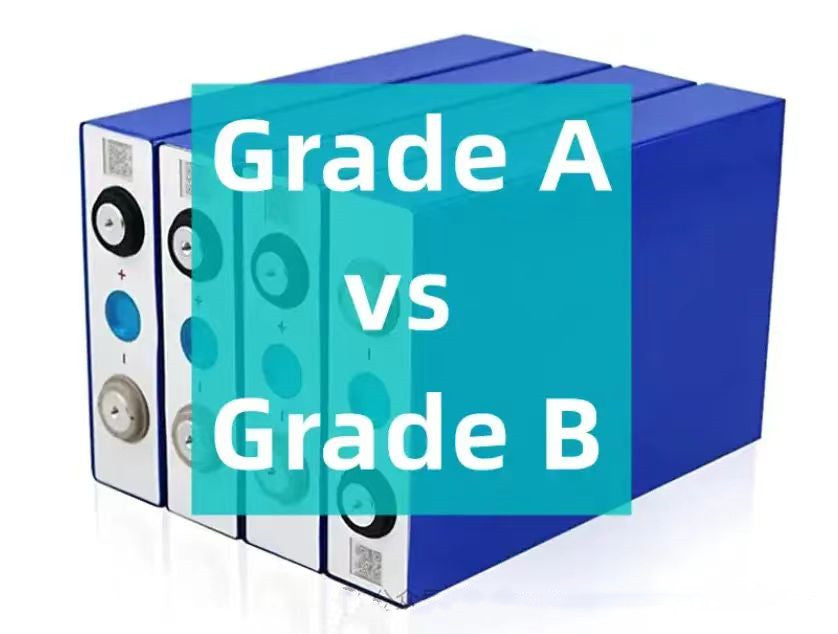
For Battery Cells : Grade A VS Grade B VS Grade C
What is Grade A?
What is Grade B?
What is Grade C?
How to Clarify it?
You May curious about it.
When battery manufacturers produce the same batch of batteries, they will classify them according to the batteries' electrical test performance, which are divided into three categories: ABC.
What is Grade A Cells?
Grade A is the highest quality battery. Its battery materials, technology, energy storage, stable charging and discharging, specifications, constant temperature standards, etc. are all high-quality standards in the industry.
Grade A batteries are generally ordered directly from battery manufacturers by factories that use batteries. Battery manufacturers arrange production according to the production capacity and technical capabilities of the factory.
At the same time, Grade A batteries are generally used first in new energy vehicles, so it is difficult to directly buy Grade A batteries produced by large manufacturers on the market, or only direct domestic agents with authorized agents can get Grade A Battery cells.
Deligreen Power with the EVE authorization, offer real grade A cells.


What is Grade B Cells?
Any product produced by a factory will have a defective rate. Then this defective rate determines the vitality of a factory. In the lithium battery industry, purely from the perspective of technology, ingredients, etc., the gap between first-tier lithium battery factories and third-tier lithium battery factories will not be very large.
However, considering the production process, there is a big difference in the defective rate of manufacturers. First-tier manufacturers can reach about 2%, while second- and third-tier manufacturers may reach 5%-10%. It is precisely because of this defective rate that Class B batteries are produced.
Class B batteries only have slightly different capacities, or the length, width and thickness do not meet the order requirements, but the performance is not compromised, and the price is cheaper than Class A batteries.
The most direct way to distinguish between A and B products is the price.


What is Grade C Cells?
C-grade cells are below average in all aspects and below the standards of A-grade and B-grade cells. C-grade cells are very different from A-grade cells in terms of energy storage, stable charge and discharge efficiency, battery materials, technology, and repeated charge and discharge.
If a B-grade cell has been stored in a warehouse for more than 8 months and has not been shipped, it can be called a C-grade cell. Due to the long storage time of C-grade cells, the performance begins to decline with self-discharge, dust and water vapor aging. Battery expansion sometimes occurs during charging, and sometimes occurs during leakage and short circuit.
C-grade cells are generally only about 50%-60% of the performance of the same type of A-grade cells, and the best can reach 70%. C-grade cells are less safe. In addition, C-grade batteries are not durable, and their performance will be greatly reduced after several cycles of charging.
C-grade cells generally have capacity, internal resistance and self-discharge rate that do not meet the requirements. Some automotive power batteries may also flow into the market after retirement, so you need to be cautious when purchasing cells


How to distinguish different grades of batteries?
The easiest way to distinguish between grade A cells and grade B cells is that grade A cells have a test report from the original manufacturer.
The data should include the internal resistance, voltage, capacity and product code of each cell (usually the same information as on the QR code). If this information is not available, 99% of them are likely to be grade B cells.
Usually, some grade A cells are recovered from electric vehicles and reused, and these batteries are usually regarded as grade B cells.
